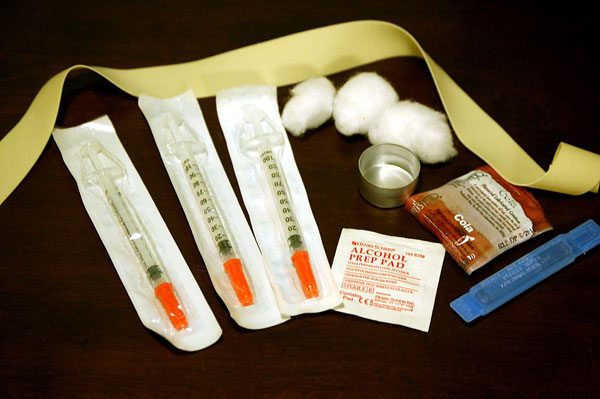
August 8, 2017; Washington Post
Advocates for safe injection sites to combat America’s overdose epidemic could gain momentum from a new study of an unsanctioned site that’s been operating sub rosa and anonymously in an urban area for three years. Researchers found that the site reduced injections in nearby public spaces and increased safe disposal of equipment, although the “proof of concept” evaluation published in the American Journal of Preventative Medicine couldn’t be more conclusive due to the secret nature of the site.
As the Washington Post reported, “The controversial approach has been debated in the United States for many years, but it is gaining popularity in some places as the number of overdose deaths from illegal drugs continues to skyrocket…California, New York City, Boston, and Ithaca, N.Y., are exploring the idea. The county that includes Seattle has approved opening two locations.”
Supervised injection facilities allow clients to use drugs under the guidance of a nurse or other medical professional. Research on some of the approximately 100 facilities in operation outside the U.S. (mainly in Canada, Australia, and the E.U.) indicates a decrease in overdoses for users and more accessible treatment options.
“Over half a million people have died of overdose in the U.S. since 2000,” wrote Dr. Alex H. Kral and Dr. Peter J. Davidson in the Journal.
The prevalence of HIV and hepatitis C virus among people who inject drugs in the U.S. is 2 percent and 43 percent, respectively. With the U.S. in the midst of an opioid epidemic causing morbidity and mortality at unprecedented levels, policymakers and public health practitioners are in need of innovative solutions… Supervised injection sites are the next evidence-based harm reduction strategy that should be considered for implementation in the U.S.
Sign up for our free newsletters
Subscribe to NPQ's newsletters to have our top stories delivered directly to your inbox.
By signing up, you agree to our privacy policy and terms of use, and to receive messages from NPQ and our partners.
But, if advocates for safe injection sites already had an uphill battle, the federal landscape looks bleaker ahead. As NPQ reported last week, President Donald Trump and his administration want to bring back the failed War on Drugs approach even as he announced plans to officially designate the opioid crisis as a National Emergency:
Trump criticized President Barack Obama’s administration for having fewer drug prosecutions and not enacting longer sentences… This stance, however, ignores the ongoing bipartisan agreement that the War on Drugs was a failed initiative that increased this country’s prison population precipitously while not achieving its purpose. It also omits the role of prescription drugs in feeding the problem.
That reductive approach is the opposite of what the new study’s authors conclude: “It is time for local, state, and federal governments to consider removing legal barriers such that a comprehensive pilot of this innovative intervention can be implemented.”
If safe injection sites still see pushback, halfway measures could include the use of firehouses as “safe stations” where users can seek help without reprisal, as in some New Hampshire cities, or a program implemented in Boston in 2016 to offer supervision without the possibility of injections.
The Boston Health Care for the Homeless Program implemented the SPOT program (Supportive Place for Observation and Treatment) last year to offer support, monitoring, and pathways to treatment for drug users who would otherwise be over-sedated on a street corner or alone in a public bathroom.
We’ll be watching for more success stories—and innovations—as the crisis continues.—Anna Berry












